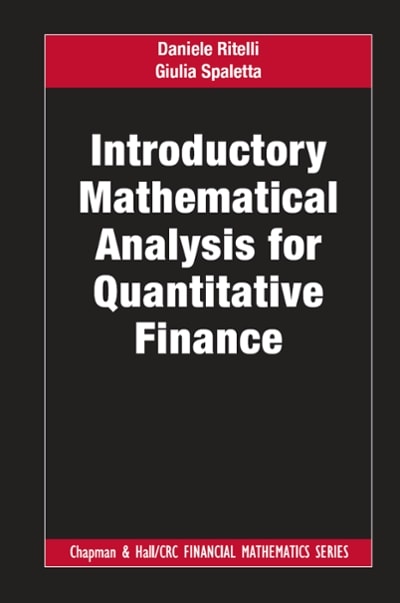Question
Decision making with existing and further information John Williams runs a timber company. John is considering an expansion to his product line by manufacturing a
Decision making with existing and further information
John Williams runs a timber company. John is considering an expansion to his product line by manufacturing a new product, garden sheds. He would need to construct either a large new plant to manufacture the sheds, or a small plant. He decides that it is equally likely that the market for this product would be favourable or unfavourable. Given a favourable market, he expects a profit of $200 000 if he builds a large plant, or $100 000 from a small plant. An unfavourable market would lead to losses of $180 000 or $20 000 from a large or small plant respectively.
John has the option of conducting a market research survey for a cost of $10 000. He has learned that of all new favourably marketed products, market surveys were positive 70% of the time but falsely predicted negative results 30% of the time. When there was actually an unfavourable market, however, 80% of surveys correctly predicted negative results while 20% of surveys incorrectly predicted positive results.
(a) What is the revised probability of John's market being favourable given a positive market research result?
(b) What is the probability of John receiving a negative market research signal?
(c) What is the expected net payoff from the optimum action?
Step by Step Solution
There are 3 Steps involved in it
Step: 1

Get Instant Access to Expert-Tailored Solutions
See step-by-step solutions with expert insights and AI powered tools for academic success
Step: 2

Step: 3

Ace Your Homework with AI
Get the answers you need in no time with our AI-driven, step-by-step assistance
Get Started


